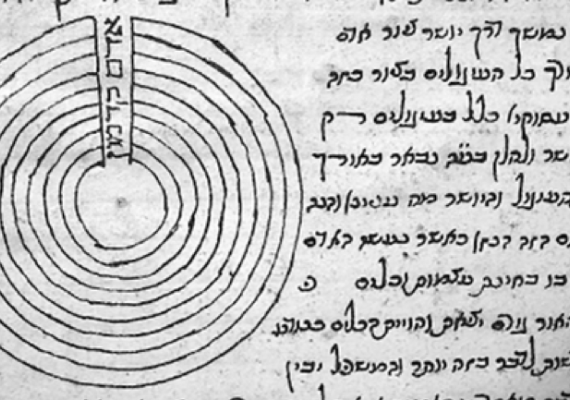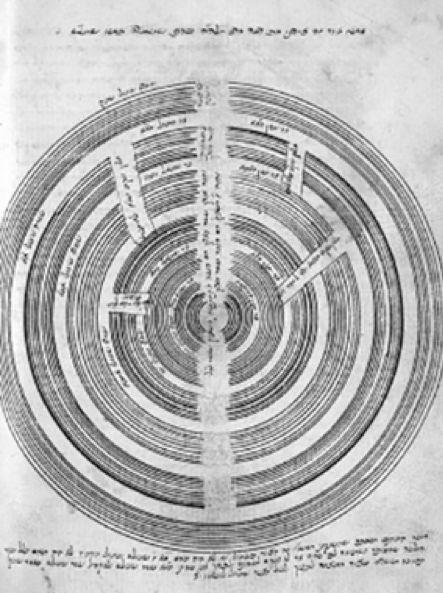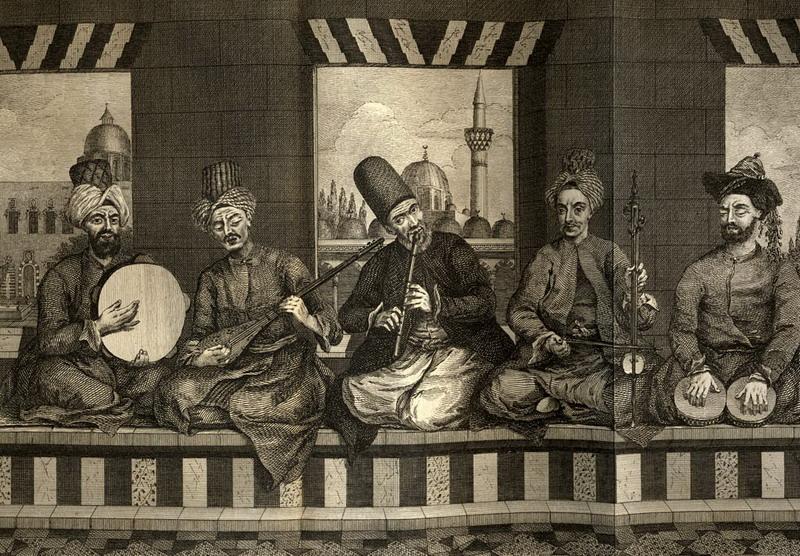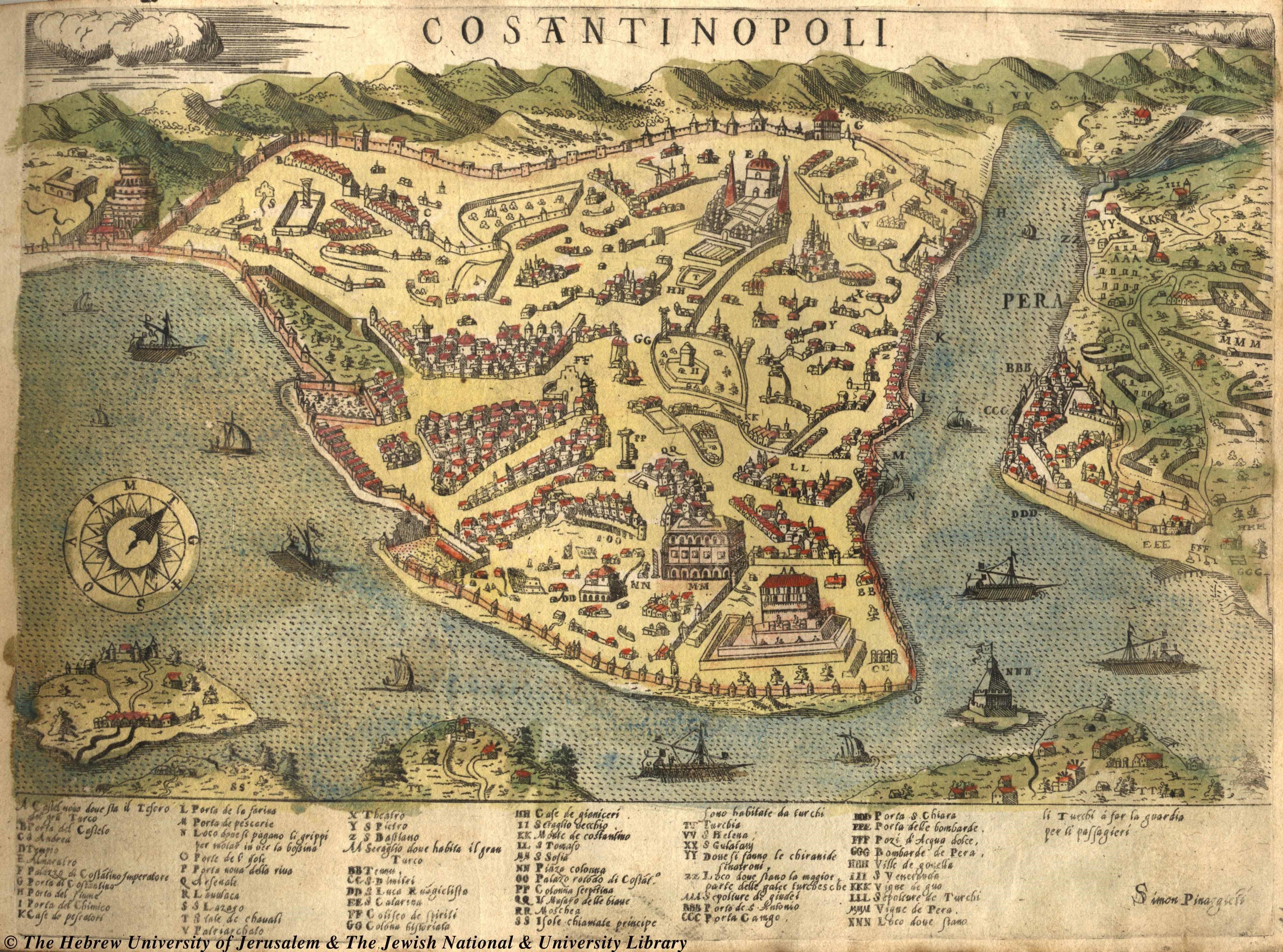Words and images
Yossi Chajes finds new aspects of Lurianic kabbalistic practice in the relationship between text and image.

A JQR Blog post
In Yossi Chajes’s groundbreaking essay, “Imaginative Thinking with a Lurianic Diagrams” (JQR 110.1), he uncovers the cognitive complexity of Lurianic kabbalistic practice by exploring the relationship between text and image in several manuscripts, central among them one of R. Hayyim Vital (1543–1620), Luria’s main disciple. He shows us that the ilanot, or sefirotic tree diagrams present in so many kabbalistic treatises, do not in every case come to further explain the words, but rather they seem to have been catalysts to extra-verbal cognition. “And now,” wrote Vital, “I will draw you a circle, and from it you will understand what you have to understand.” Contemplating these images offered a complement to what was learned through reading; these ilanot were neither equal to nor entirely separate from the words. They invited a distinctive and active sort of apprehension that was to push the devotee toward fuller knowledge of God and the cosmos.
Chajes’s account offers us a new way to think about the function of diagrams in a host of documents from the period, as well as opening up the study of religious cognition and “reading” more broadly.

Image credits
Above: New York Jewish Theological Seminary MS 1985, 1b.
Below: The National Library of Israel, Jerusalem, Israel, Ms. Heb. 8815 28, 49b.



